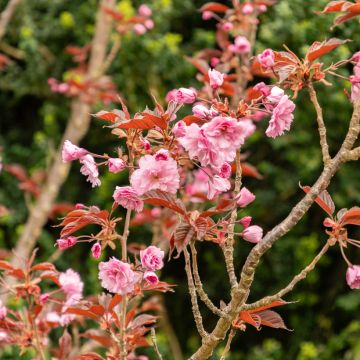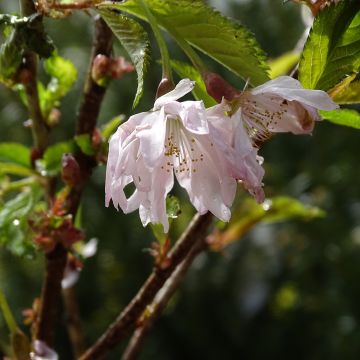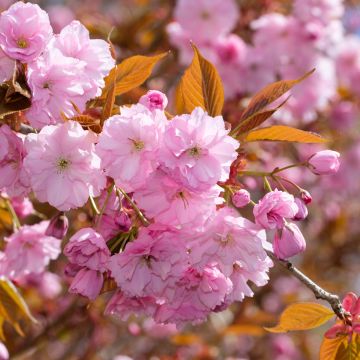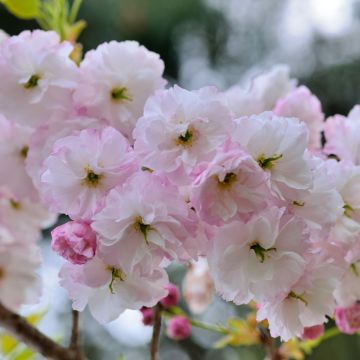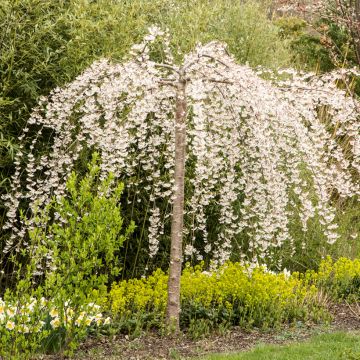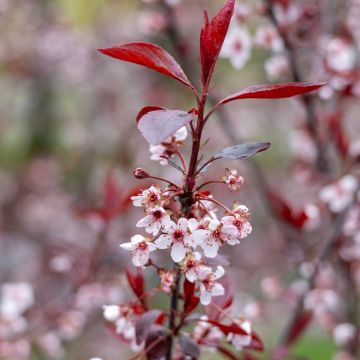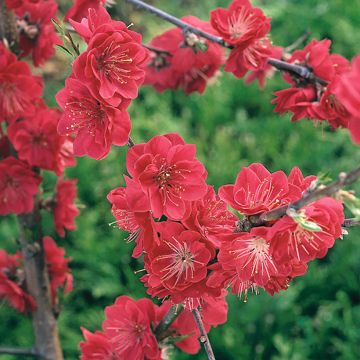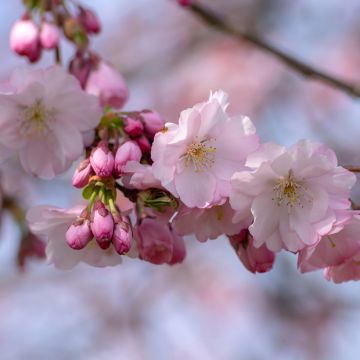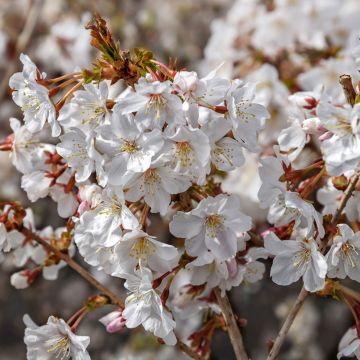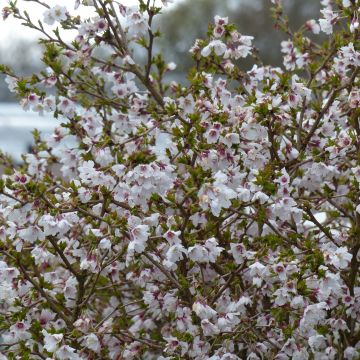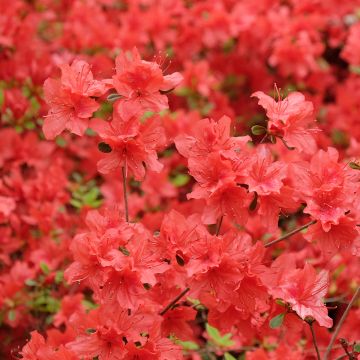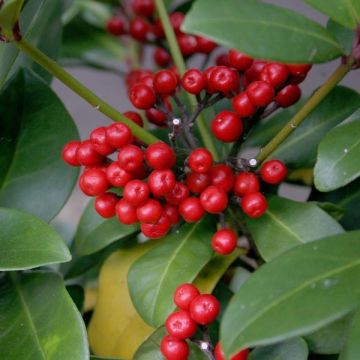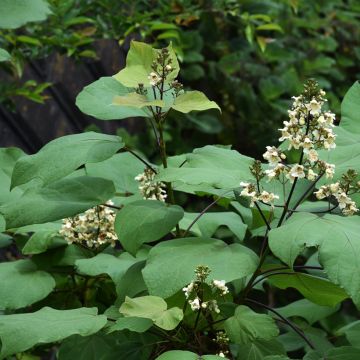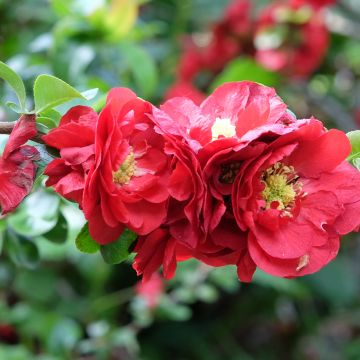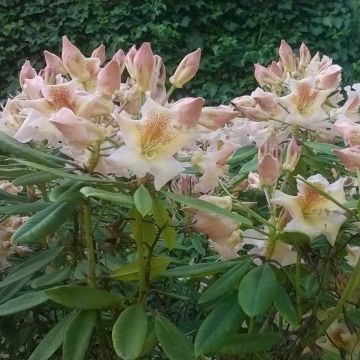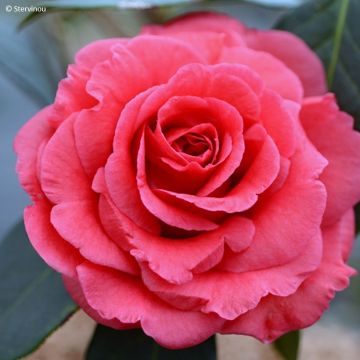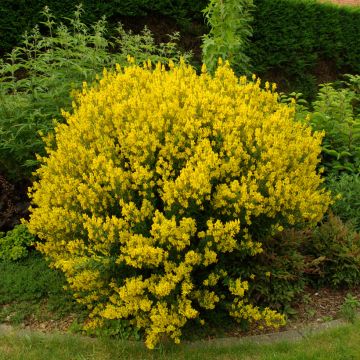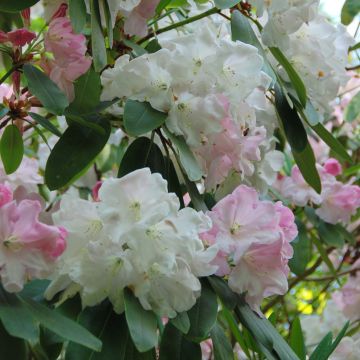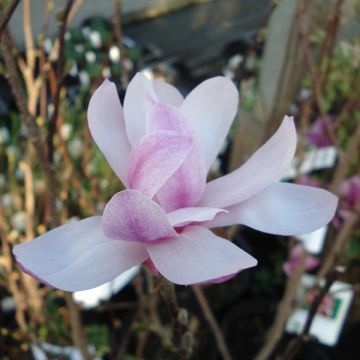Shipping country and language
Your country of residence may be:
Your country of residence is:
For a better user experience on our website, you can select:
Your shipping country:
-
Andorra
-
Austria
-
Belgium
-
Bulgaria
-
Canada
-
Chile
-
Croatia
-
Cyprus
-
Czechia
-
Denmark
-
Estonia
-
Finland
-
France
-
Germany
-
Greece
-
Hungary
-
Iceland
-
Ireland
-
Italy
-
Latvia
-
Lithuania
-
Luxembourg
-
Malta
-
Monaco
-
Netherlands
-
Poland
-
Portugal
-
Romania
-
Slovakia
-
Slovenia
-
Spain
-
Sweden
-
Switzerland
-
United Kingdom
We only deliver seed and bulb products to your country. If you add other products to your basket, they cannot be shipped.
Language:
-
French
-
German
-
Spanish
-
English
-
Italian
My Account
Hello
My wish lists
Log in / Register
Existing customer?
New customer?
Create an account to track your orders, access our customer service and, if you wish, make the most of our upcoming offers.
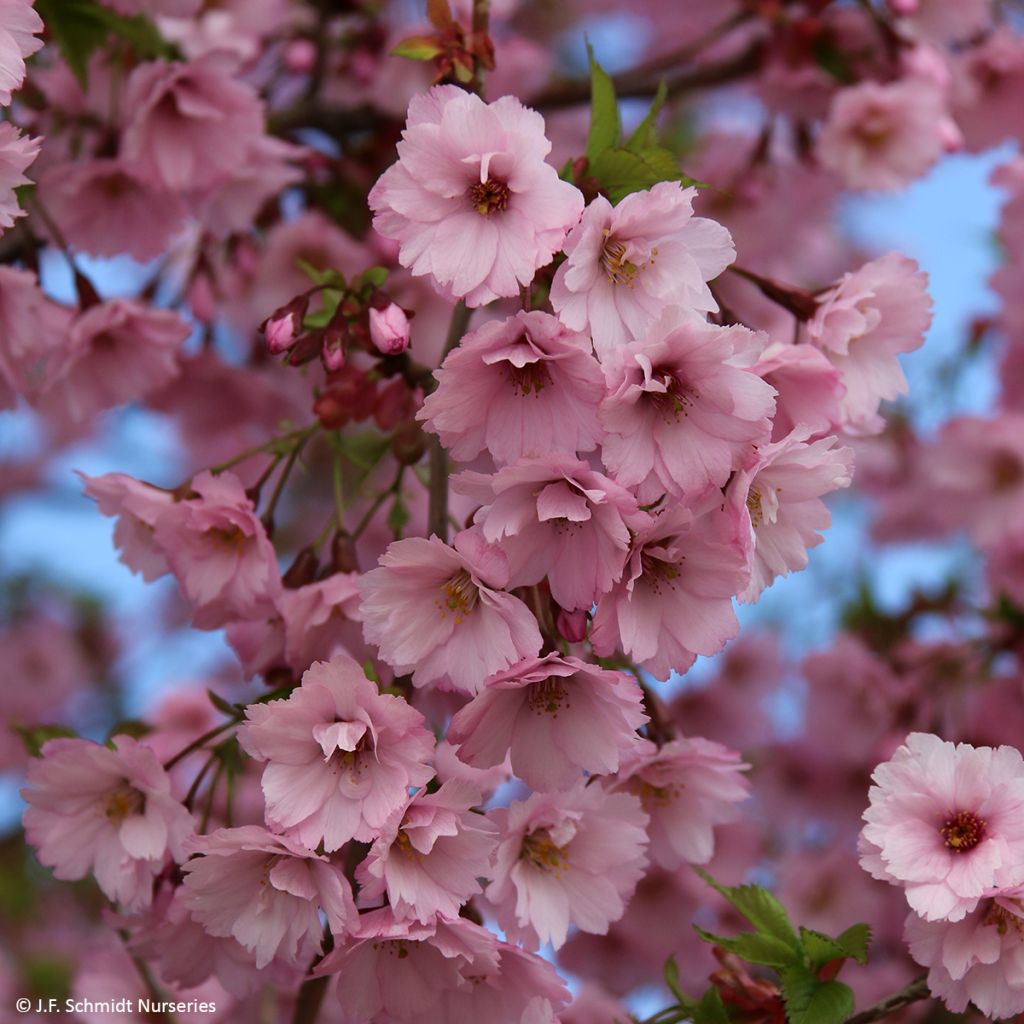

Prunus First Blush - Cherry Tree
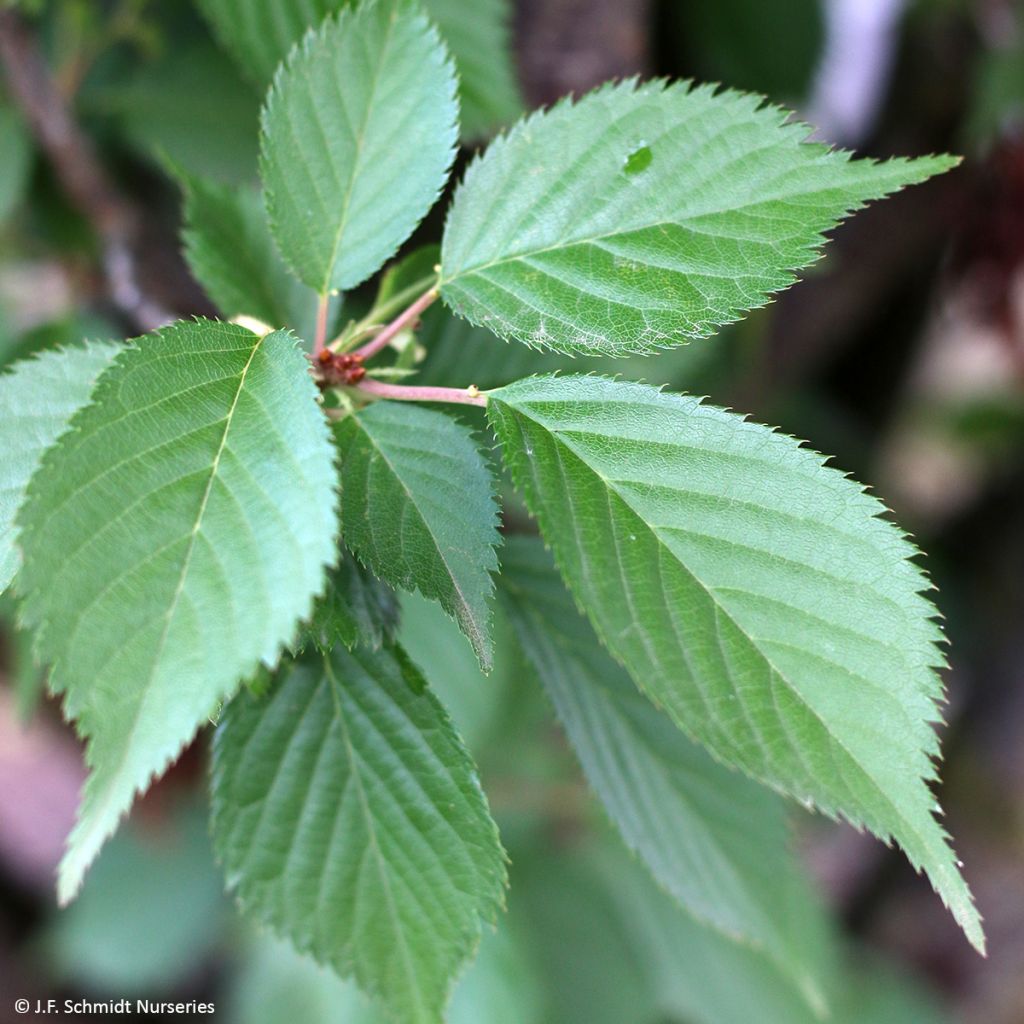

Prunus First Blush - Cherry Tree
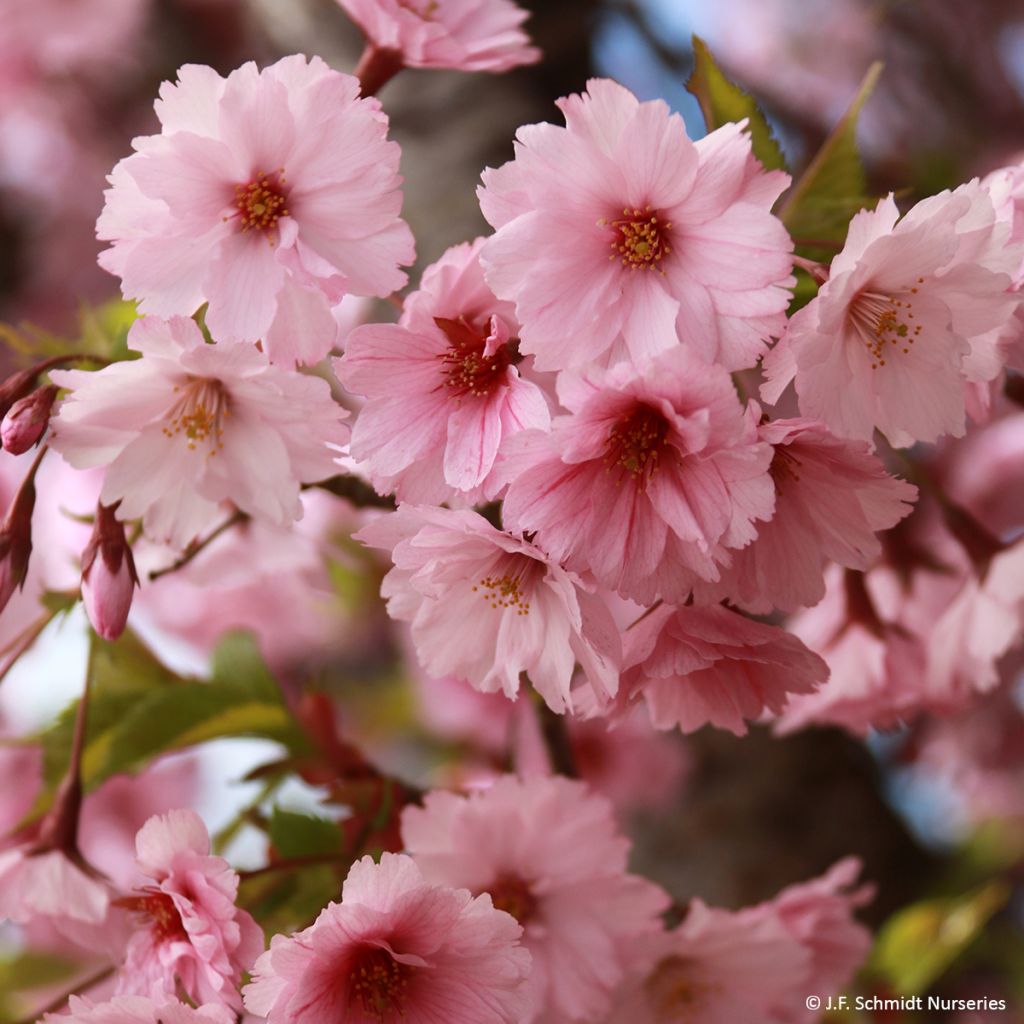

Prunus First Blush - Cherry Tree
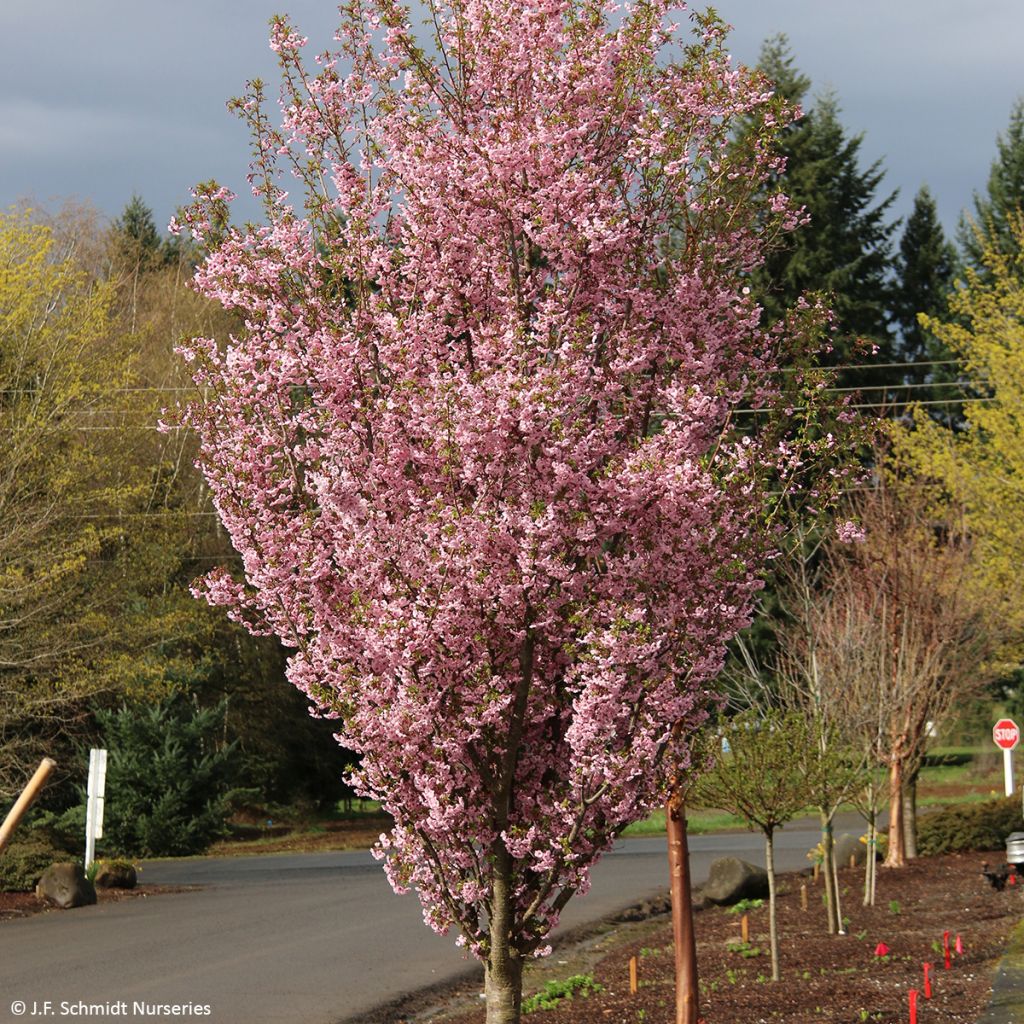

Prunus First Blush - Cherry Tree
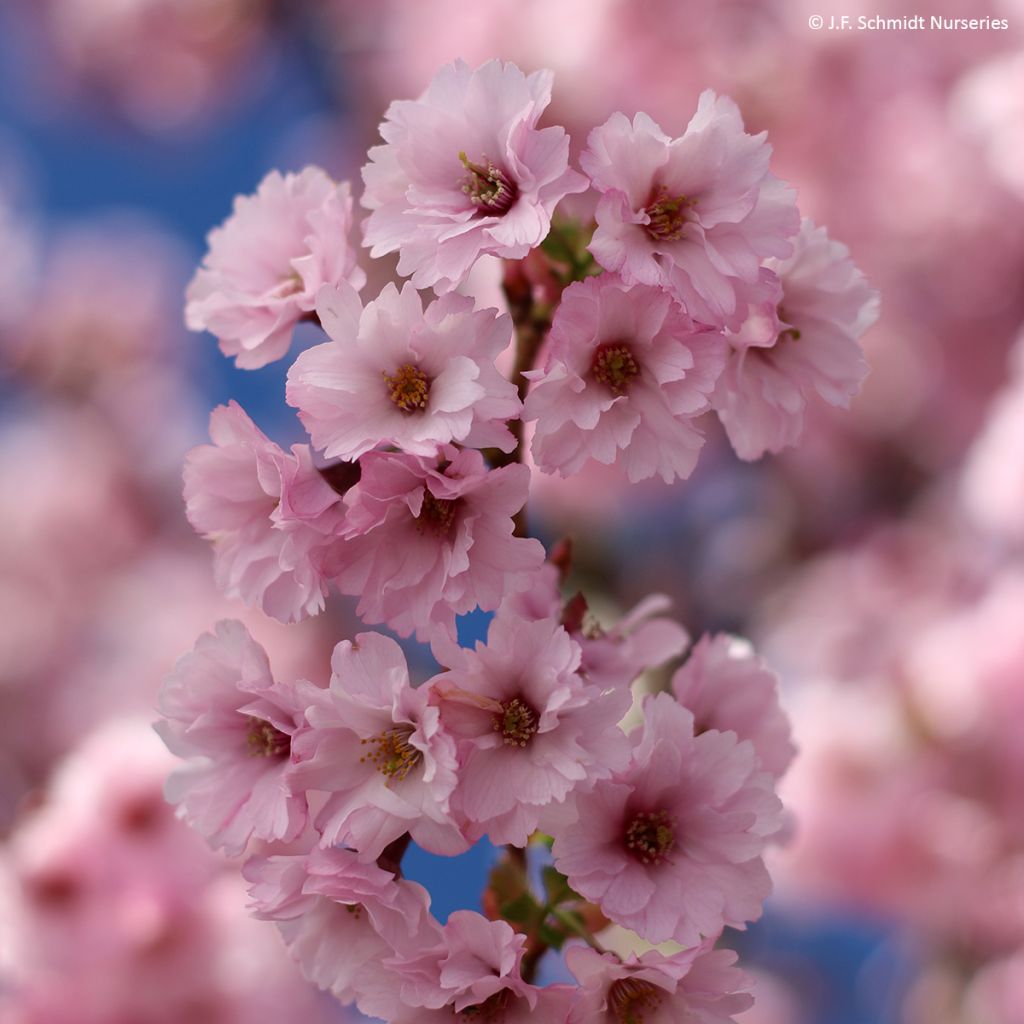

Prunus First Blush - Cherry Tree
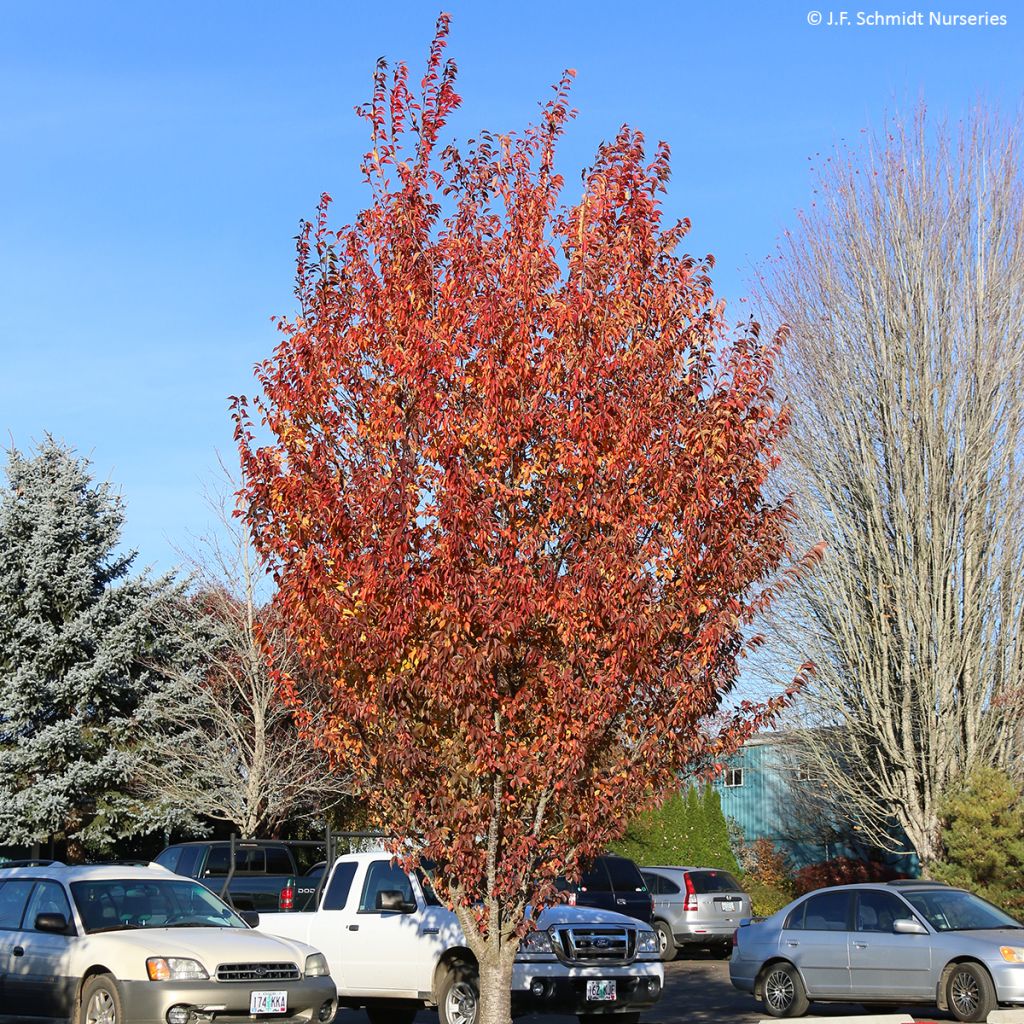

Prunus First Blush - Cherry Tree
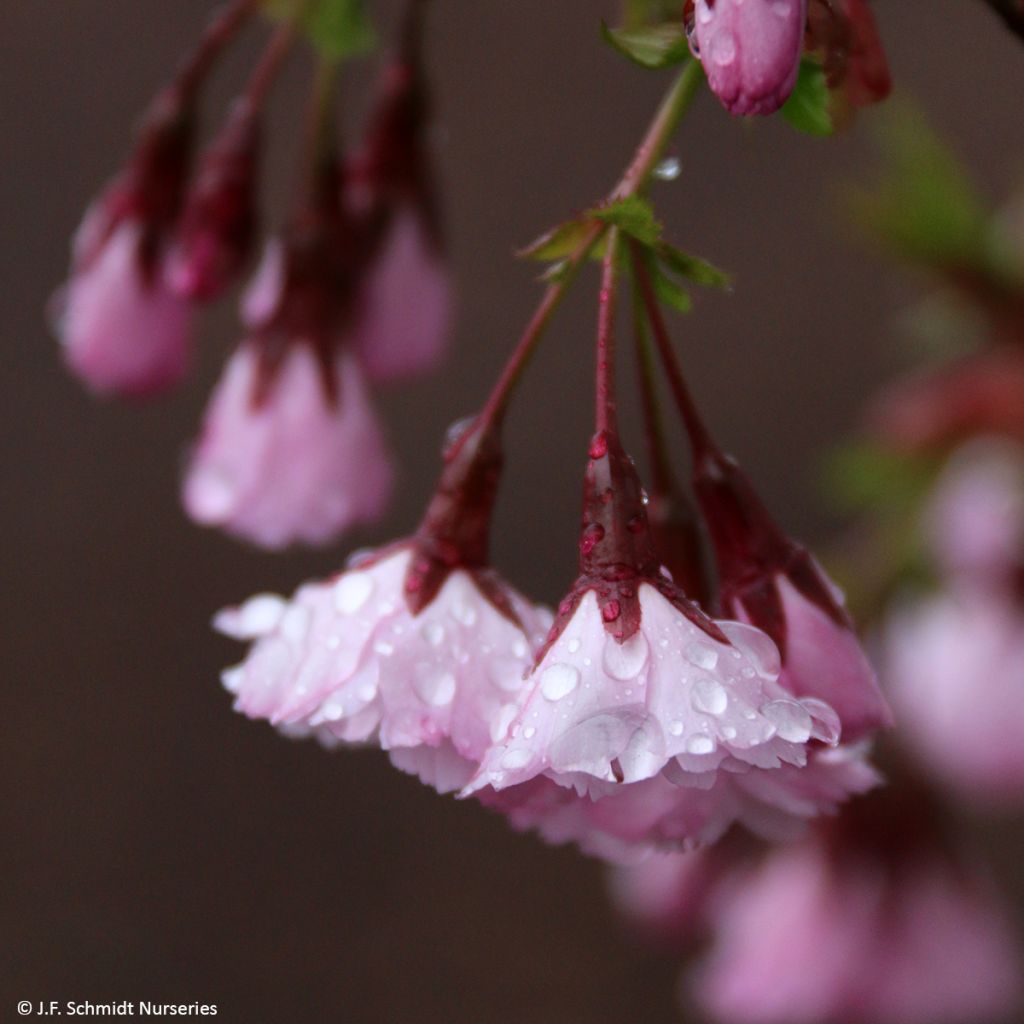

Prunus First Blush - Cherry Tree
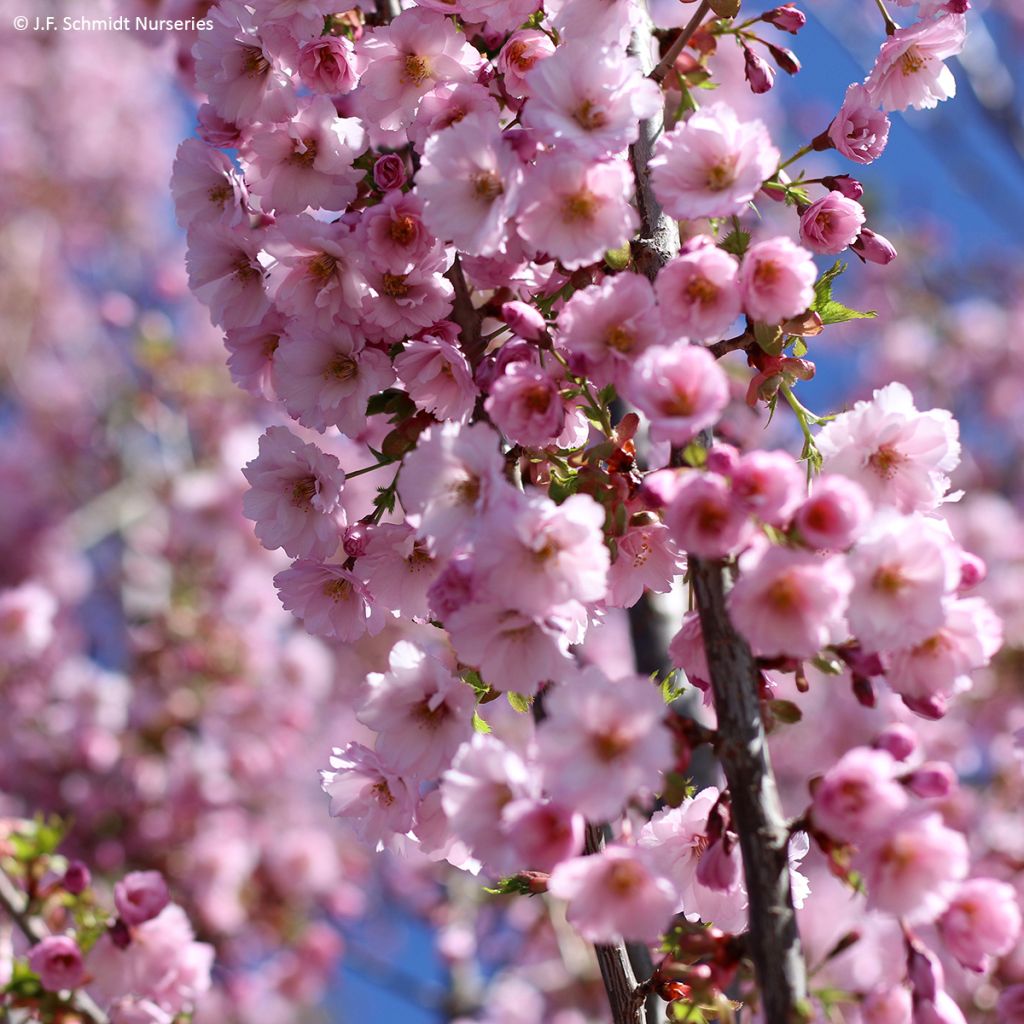

Prunus First Blush - Cherry Tree
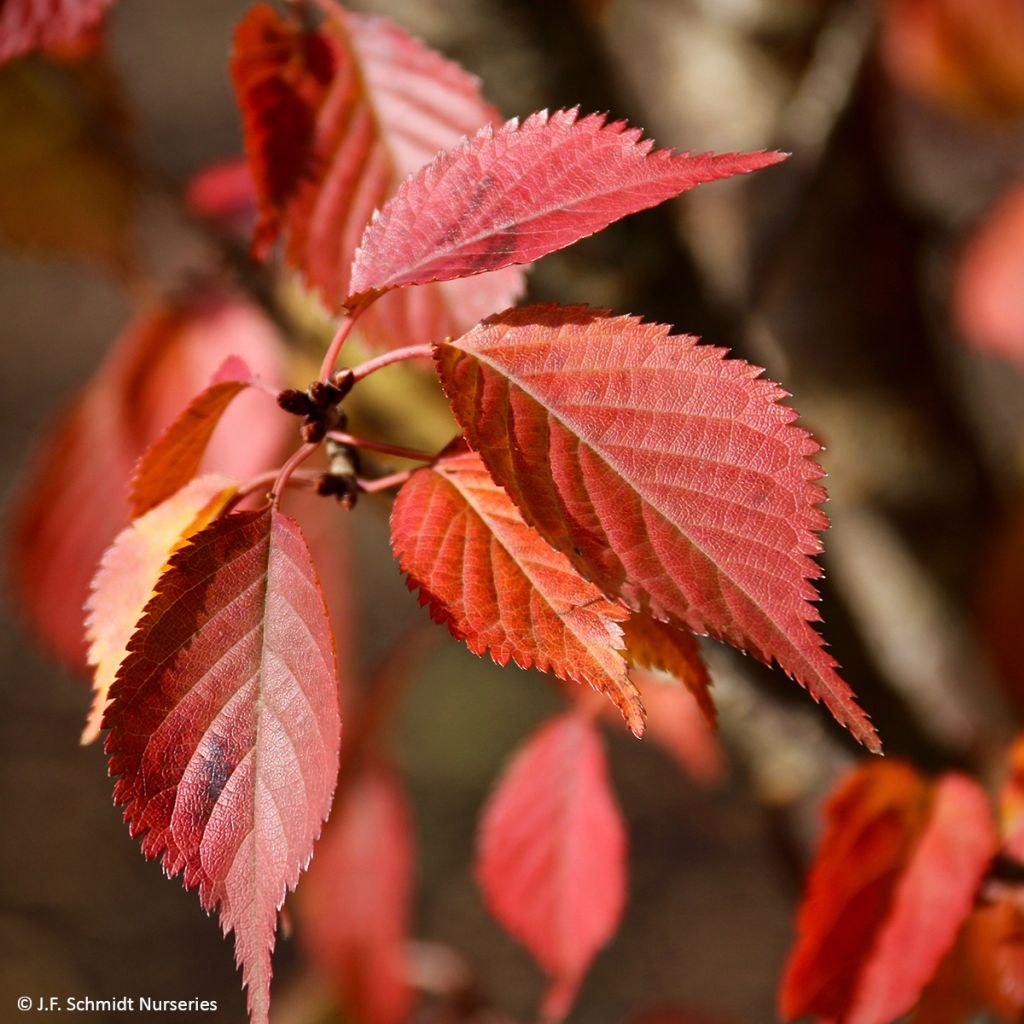

Prunus First Blush - Cherry Tree
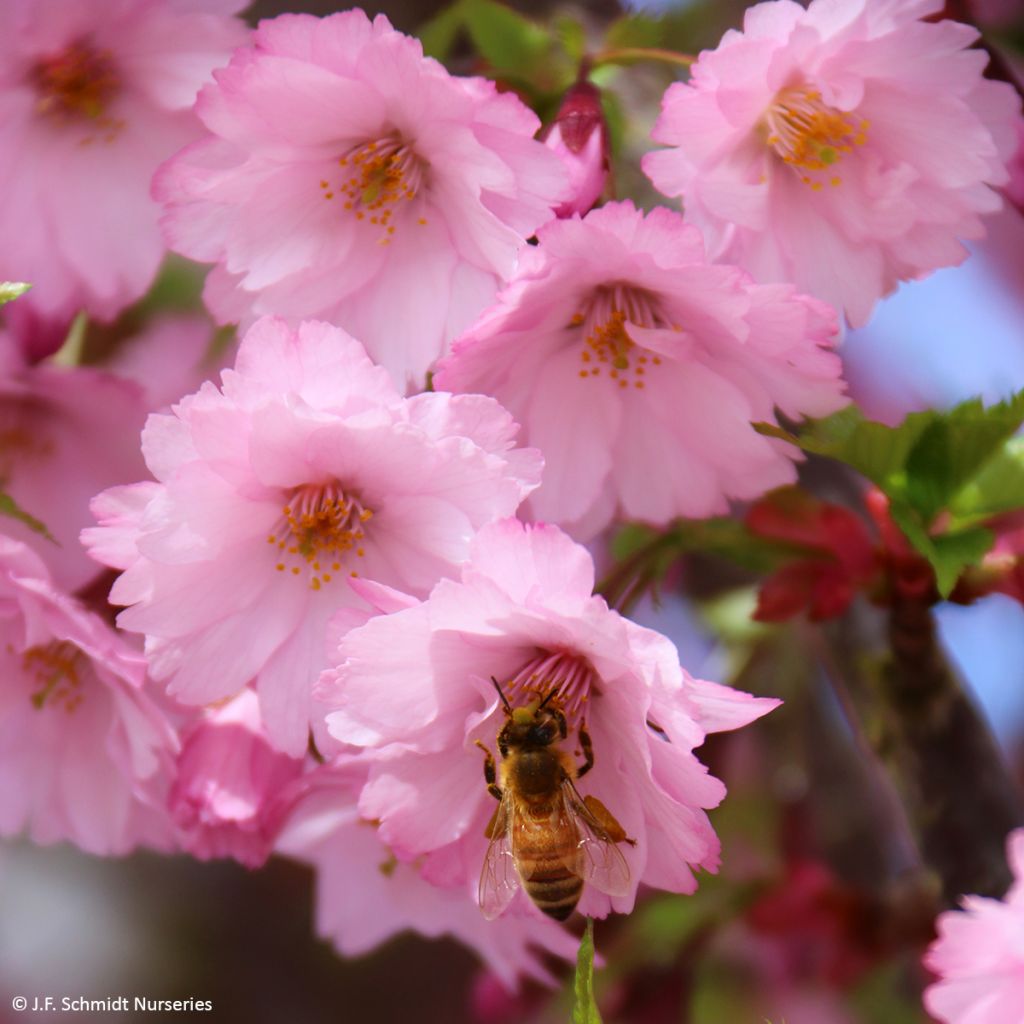

Prunus First Blush - Cherry Tree
Prunus First Blush - Ornemental Cherry Tree
Prunus First Blush® 'JFS-KW14'
Ornemental Cherry Tree
Order in the next for dispatch today!
Dispatch by letter from €3.90.
Delivery charge from €5.90 Oversize package delivery charge from €6.90.
More information
This item is not available in your country.
Schedule delivery date,
and select date in basket
This plant carries a 24 months recovery warranty
More information
We guarantee the quality of our plants for a full growing cycle, and will replace at our expense any plant that fails to recover under normal climatic and planting conditions.
From €5.90 for pickup delivery and €6.90 for home delivery
Express home delivery from €8.90.
Does this plant fit my garden?
Set up your Plantfit profile →
Description
Prunus 'First Blush' is a particularly ornamental variety of flowering cherry tree, with a narrow conical habit that makes it suitable for planting in small gardens. This small tree is remarkable for its abundant pink flowering, which appears early in spring, before the leaves. The leaves are a beautiful dark green during the growing season and in autumn, they offer a magnificent spectacle as they turn red and orange. It deserves to be showcased as a solitary specimen on a lawn but it will also find a place in a mixed border.
Prunus First Blush is a horticultural variety resulting from a cross-breeding between P. incisa, which is native to the slopes of Mount Fuji in Japan, and P. campanulata, or Formosan cherry, native to Japan, Taiwan, China, and Vietnam. This small tree has a moderate growth rate and typically reaches a height of 7m with a width of only 3m. It develops a fairly straight and short trunk, covered with grey bark, and forms a conical crown with distinctly upright main branches that branch out for width. Flowering usually occurs in April, earlier or later depending on the region. The flowers appear before the leaves and their profusion completely covers the bare wood. Measuring 3cm in diameter, the very double flowers have numerous petals with a rounded end that is curiously fringed. Grouped in 2 to 4, they bloom at the end of long, flexible floral peduncles. Their pink colour gives them a charm imbued with romance, and the yellow stamen cluster in the center of the corolla is in perfect harmony.
As the flowers decline, the young leaves emerge, changing from a tender green to a darker shade. Elliptical, with a pointed and tapered end, they are doubly toothed all around. With the onset of autumn, their colour begins to turn shades of red and orange, giving the tree the appearance of a vibrant torch.
This small tree is particularly attractive in spring when it is covered with a multitude of flowers, as well as in autumn when it blazes with red and orange. Easy to grow, it thrives in well-prepared ordinary soil and tolerates, and even appreciates, the presence of limestone in the soil. Its ornamental appeal justifies planting it as a solitary specimen on a laen, and you can also create a magnificent composition by associating it with shrubs with foliage in a mixed border. Cotinus coggygria Golden Lady, a smoke bush with leaves that turn from yellow-orange in spring to golden yellow in summer and finally to orange tones in autumn, can be one of them. To add a touch of yellow late in the season, choose Aesculus parviflora, a bushy ornamental horse chestnut that doesn't exceed 3m in height, but spreads much wider, strangely not widely found in our gardens despite its ornamental qualities. Its palmate foliage is architectural and its long white panicles of flowers in late summer are remarkable. And if your border is large enough to accommodate a second small tree, opt for a Ptelea trifoliata Aurea, another unjustly overlooked plant, whose aromatic trifoliate foliage displays a superb golden yellow in spring and autumn.
Report an error about the product description
Prunus First Blush - Ornemental Cherry Tree in pictures






Plant habit
Flowering
Foliage
Botanical data
Prunus
First Blush® 'JFS-KW14'
Rosaceae
Ornemental Cherry Tree
Cultivar or hybrid
Other Prunus
Planting and care
Prunus First Blush thrives in full sun in any fairly deep, rather rich, moist yet well-drained soil, slightly acidic to limestone. It will thrive in most soils that are not excessively wet or too dry. Water regularly to help it establish, especially during abnormally dry and hot weather. When planting, mix your soil with compost at a ratio of 50-50. Dig a large planting hole, soak the root ball in a bucket for fifteen minutes, then place it in the planting hole, backfill around it, and water thoroughly. Every spring, apply a flowering shrub fertiliser, with more potash (K in the NPK formula) than nitrogen (N), to promote flowering. Be careful of late frosts that could damage early flowering. It is preferable to place the Prunus in a spot slightly sheltered from dry and cold winds.
Planting period
Intended location
Care
This item has not been reviewed yet - be the first to leave a review about it.
Spring-flowering shrubs
Haven't found what you were looking for?
Hardiness is the lowest winter temperature a plant can endure without suffering serious damage or even dying. However, hardiness is affected by location (a sheltered area, such as a patio), protection (winter cover) and soil type (hardiness is improved by well-drained soil).

Photo Sharing Terms & Conditions
In order to encourage gardeners to interact and share their experiences, Promesse de fleurs offers various media enabling content to be uploaded onto its Site - in particular via the ‘Photo sharing’ module.
The User agrees to refrain from:
- Posting any content that is illegal, prejudicial, insulting, racist, inciteful to hatred, revisionist, contrary to public decency, that infringes on privacy or on the privacy rights of third parties, in particular the publicity rights of persons and goods, intellectual property rights, or the right to privacy.
- Submitting content on behalf of a third party;
- Impersonate the identity of a third party and/or publish any personal information about a third party;
In general, the User undertakes to refrain from any unethical behaviour.
All Content (in particular text, comments, files, images, photos, videos, creative works, etc.), which may be subject to property or intellectual property rights, image or other private rights, shall remain the property of the User, subject to the limited rights granted by the terms of the licence granted by Promesse de fleurs as stated below. Users are at liberty to publish or not to publish such Content on the Site, notably via the ‘Photo Sharing’ facility, and accept that this Content shall be made public and freely accessible, notably on the Internet.
Users further acknowledge, undertake to have ,and guarantee that they hold all necessary rights and permissions to publish such material on the Site, in particular with regard to the legislation in force pertaining to any privacy, property, intellectual property, image, or contractual rights, or rights of any other nature. By publishing such Content on the Site, Users acknowledge accepting full liability as publishers of the Content within the meaning of the law, and grant Promesse de fleurs, free of charge, an inclusive, worldwide licence for the said Content for the entire duration of its publication, including all reproduction, representation, up/downloading, displaying, performing, transmission, and storage rights.
Users also grant permission for their name to be linked to the Content and accept that this link may not always be made available.
By engaging in posting material, Users consent to their Content becoming automatically accessible on the Internet, in particular on other sites and/or blogs and/or web pages of the Promesse de fleurs site, including in particular social pages and the Promesse de fleurs catalogue.
Users may secure the removal of entrusted content free of charge by issuing a simple request via our contact form.
The flowering period indicated on our website applies to countries and regions located in USDA zone 8 (France, the United Kingdom, Ireland, the Netherlands, etc.)
It will vary according to where you live:
- In zones 9 to 10 (Italy, Spain, Greece, etc.), flowering will occur about 2 to 4 weeks earlier.
- In zones 6 to 7 (Germany, Poland, Slovenia, and lower mountainous regions), flowering will be delayed by 2 to 3 weeks.
- In zone 5 (Central Europe, Scandinavia), blooming will be delayed by 3 to 5 weeks.
In temperate climates, pruning of spring-flowering shrubs (forsythia, spireas, etc.) should be done just after flowering.
Pruning of summer-flowering shrubs (Indian Lilac, Perovskia, etc.) can be done in winter or spring.
In cold regions as well as with frost-sensitive plants, avoid pruning too early when severe frosts may still occur.
The planting period indicated on our website applies to countries and regions located in USDA zone 8 (France, United Kingdom, Ireland, Netherlands).
It will vary according to where you live:
- In Mediterranean zones (Marseille, Madrid, Milan, etc.), autumn and winter are the best planting periods.
- In continental zones (Strasbourg, Munich, Vienna, etc.), delay planting by 2 to 3 weeks in spring and bring it forward by 2 to 4 weeks in autumn.
- In mountainous regions (the Alps, Pyrenees, Carpathians, etc.), it is best to plant in late spring (May-June) or late summer (August-September).
The harvesting period indicated on our website applies to countries and regions in USDA zone 8 (France, England, Ireland, the Netherlands).
In colder areas (Scandinavia, Poland, Austria...) fruit and vegetable harvests are likely to be delayed by 3-4 weeks.
In warmer areas (Italy, Spain, Greece, etc.), harvesting will probably take place earlier, depending on weather conditions.
The sowing periods indicated on our website apply to countries and regions within USDA Zone 8 (France, UK, Ireland, Netherlands).
In colder areas (Scandinavia, Poland, Austria...), delay any outdoor sowing by 3-4 weeks, or sow under glass.
In warmer climes (Italy, Spain, Greece, etc.), bring outdoor sowing forward by a few weeks.
